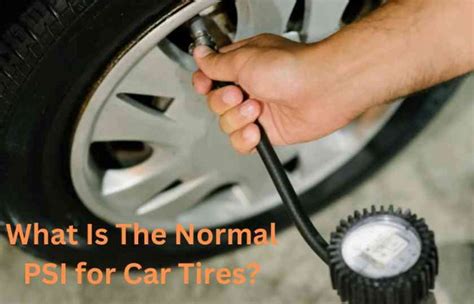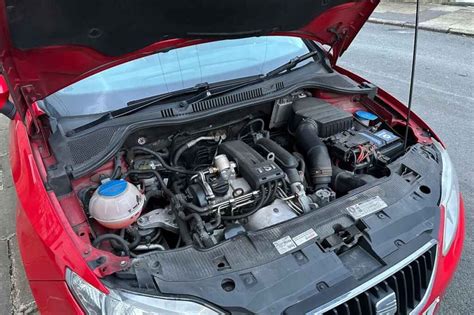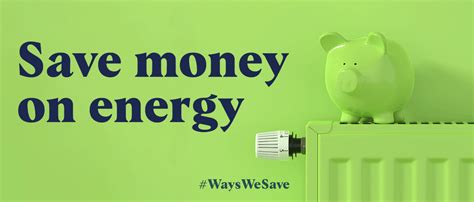The Critical Role of Tire Pressure in Fuel Efficiency
Many drivers overlook the profound impact tire pressure has on their vehicle’s fuel consumption. Correctly inflated tires are not just about safety; they’re a cornerstone of efficient driving. Tires that are properly inflated minimize rolling resistance, which is the force opposing a vehicle’s motion when it’s moving across a surface. Less rolling resistance means your engine doesn’t have to work as hard, translating directly into better gas mileage.

Finding Your Car’s Optimal PSI
There isn’t a universal ‘optimal’ PSI (Pounds per Square Inch) for all cars. The ideal tire pressure is specific to your vehicle model and is determined by its manufacturer. This crucial information is typically found on a sticker located on the driver’s side door jamb, inside the glove compartment, or within your car’s owner’s manual. It’s important to note that the PSI listed on the tire’s sidewall is the maximum pressure the tire can safely hold, not the recommended operating pressure for your specific vehicle.
Always check your tire pressure when the tires are ‘cold’ – meaning they haven’t been driven on for at least three hours, or for more than a mile at low speed. Driving heats up the tires, causing the air inside to expand and giving a falsely high reading.

The Pitfalls of Underinflation
Underinflated tires are the silent thief of fuel economy. When tires lack sufficient air, more of their surface area touches the road, significantly increasing rolling resistance. This forces your engine to consume more fuel to maintain speed. Beyond the hit to your wallet, underinflation also leads to:
- Reduced Tire Lifespan: Uneven wear on the outer edges of the tread.
- Increased Heat Buildup: Greater friction can lead to dangerous blowouts.
- Compromised Handling: Affects steering response and braking distance.
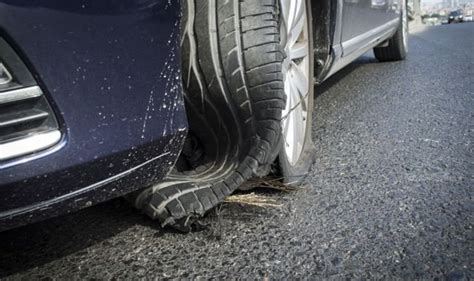
Why Overinflation Isn’t the Answer
While underinflation is detrimental, overinflating your tires beyond the manufacturer’s recommendation isn’t a shortcut to even better fuel economy. Although slightly overinflated tires might theoretically reduce rolling resistance further, the downsides far outweigh any marginal fuel savings. Overinflation can lead to:
- Reduced Traction: Less tire surface area contacts the road, impacting grip and braking.
- Harsher Ride: The tires absorb less road shock, making your ride less comfortable.
- Uneven Wear: The center of the tire tread wears out faster than the edges.
- Increased Risk of Damage: Tires become more susceptible to punctures and impact damage.
How to Accurately Check and Maintain Tire Pressure
Checking your tire pressure is quick and easy. All you need is a reliable tire pressure gauge – digital gauges are often more precise. Here’s a simple routine:
- Ensure your tires are cold.
- Remove the valve cap from one tire.
- Press the gauge firmly onto the valve stem until the hissing sound stops and the gauge shows a reading.
- Compare the reading to your car’s recommended PSI.
- Add or release air as needed until the correct pressure is achieved.
- Repeat for all four tires, and don’t forget your spare tire if applicable.
Make this a monthly habit, and always check pressure before long road trips. Consistent maintenance ensures you’re always driving at peak efficiency and safety.
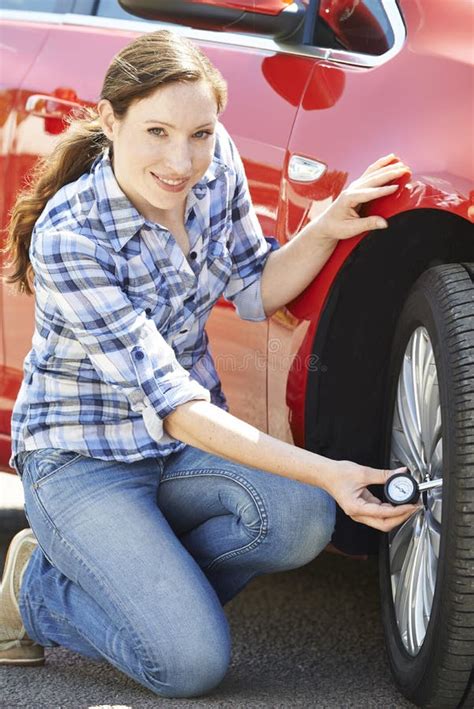
Beyond PSI: Other Factors for Fuel Economy
While optimal tire pressure is a significant factor, remember that it’s part of a larger picture for fuel economy. Other elements include:
- Driving Habits: Smooth acceleration, anticipating stops, and maintaining consistent speeds.
- Vehicle Maintenance: Regular oil changes, air filter replacement, and engine tune-ups.
- Aerodynamics: Avoiding roof racks or open windows at high speeds when not necessary.
- Weight: Removing unnecessary items from your trunk.
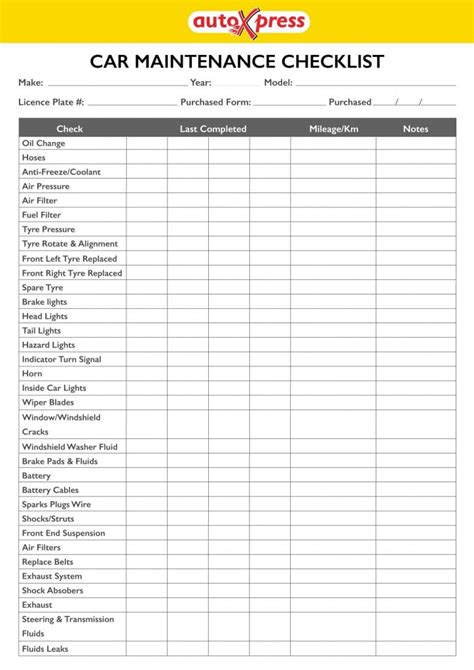
Conclusion
Achieving peak fuel economy is a continuous effort, and ensuring your tires are at their optimal PSI is one of the simplest and most cost-effective steps you can take. A few minutes each month can lead to significant savings at the pump, extend the life of your tires, and contribute to a safer, more comfortable driving experience. Don’t underestimate the power of proper tire inflation – it’s a small change with a big impact.
